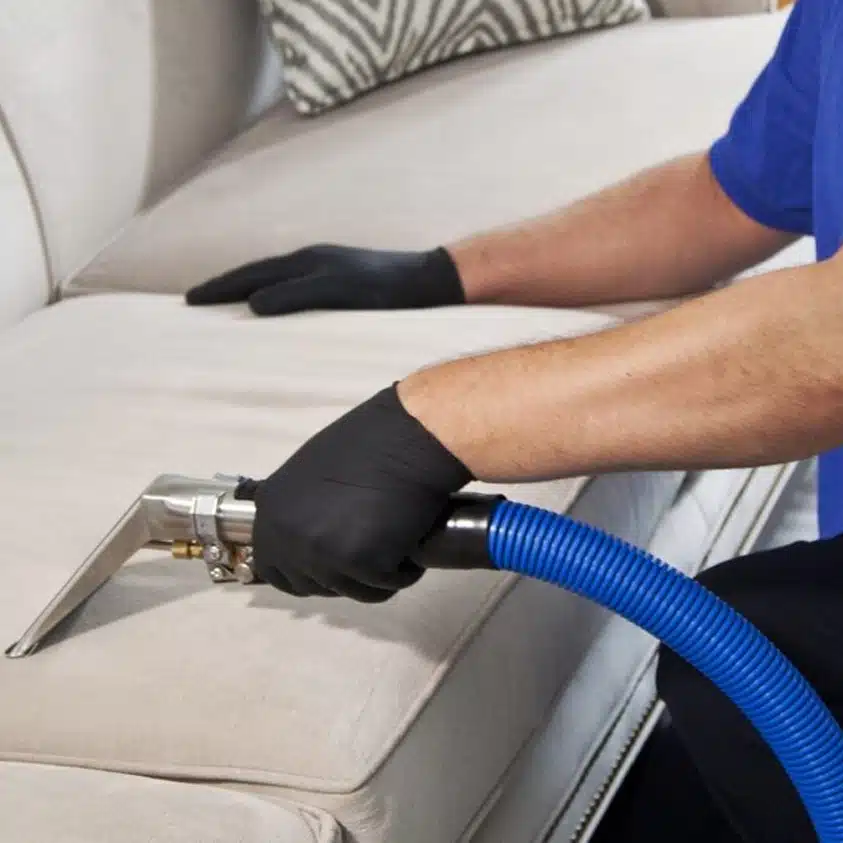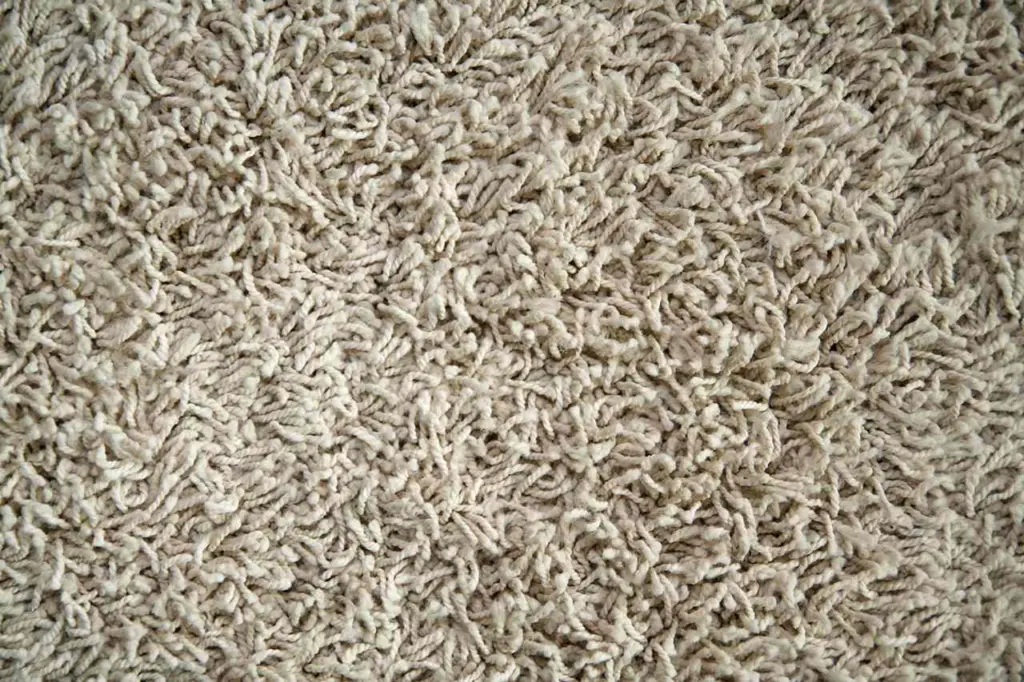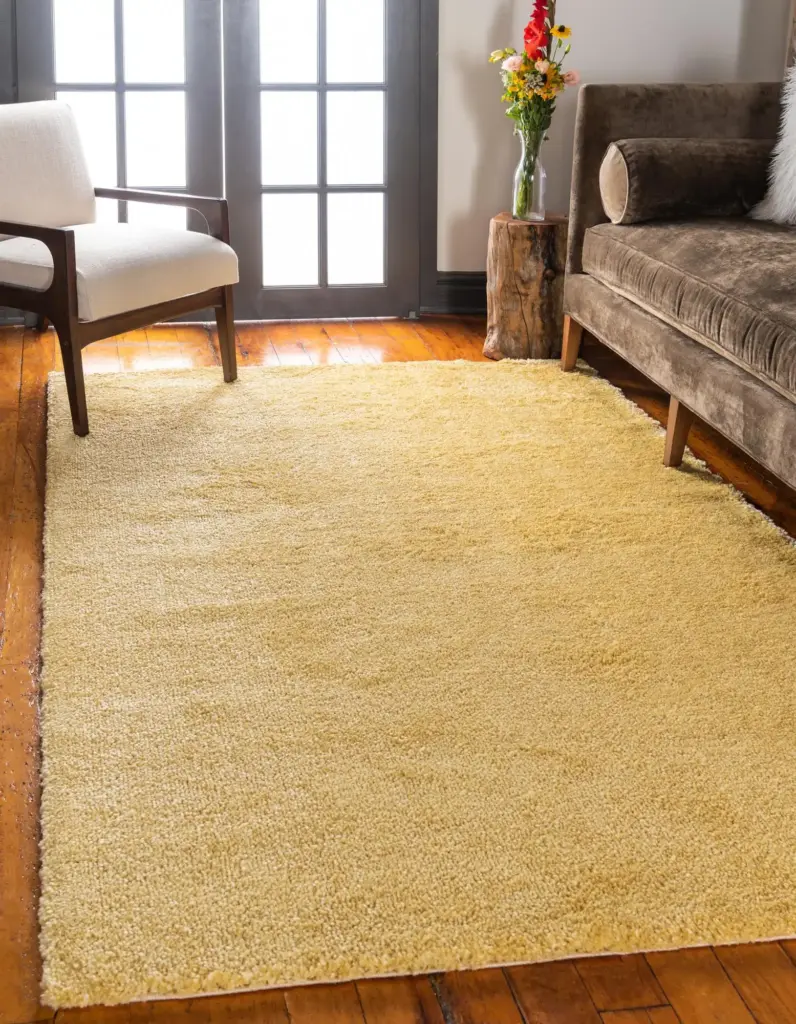The history of frieze carpet is a fascinating tale that takes us on a journey through time, showcasing the ingenuity of humans in their quest for comfortable, stylish, and durable flooring options. From the earliest civilizations to the modern innovations we see today, frieze carpet has come a long way.
A long time ago, people used animal hides, grass, and other natural materials to create rudimentary rugs and carpets. In ancient Egypt, woven reed rugs were popular, while Greeks and Romans preferred woolen carpets to add a touch of luxury to their homes.
In the Middle Ages, Europeans used thick, heavy tapestries to provide warmth and decoration to their cold, stone floors.
Frieze carpet, with its tightly twisted fibers, can trace its origins back to these earlier textured carpets. It evolved from shag and cable carpets, which also featured long, twisted fibers. However, this type of carpet has a more polished look, with tighter twists that make it a perfect fit for modern interior design trends.
Development
The development of frieze carpet design was influenced by many factors, including changes in fashion and advancements in textile technology. In the mid-20th century, synthetic fibers such as nylon and polyester were introduced, allowing for more vibrant colors and improved durability. New dyeing techniques also made it possible to produce multi-colored and patterned frieze carpets, increasing their appeal even further.
Before the invention of modern machinery, carpets were made using hand-tufting techniques. Artisans used a handheld tool called a tufting gun to push yarn through a backing material, creating loops. These loops were then cut and twisted to create the desired texture. This process was time-consuming and labor-intensive, making carpets a luxury item that only the wealthy could afford.
The development of power looms in the 18th century and tufting machines in the 20th century revolutionized carpet production. These machines automated the process of inserting yarn loops into the backing material, dramatically increasing efficiency and making carpets more affordable for the average person.
Materials
Synthetic fibers and improved dyeing techniques also played a significant role in the advancement of frieze carpet manufacturing. Synthetic fibers offered many advantages over natural materials, such as greater durability, stain resistance, and colorfastness.
Dyeing techniques
New dyeing techniques, such as solution dyeing and space dyeing, were developed to enhance the appearance and longevity of synthetic carpets. Solution dyeing and space dyeing are two innovative techniques that have significantly impacted the carpet industry, particularly in the manufacturing of frieze carpets.
Both methods offer unique benefits and contribute to the vibrant colors and intricate patterns found in modern frieze carpets.
Solution dyeing
It is a process in which color is added to synthetic fibers during their manufacturing process. The dye is mixed with the liquid polymer before it is extruded into individual fibers. This method results in color that is an integral part of the fiber, rather than just on the surface.
Solution-dyed fibers have exceptional colorfastness, meaning they resist fading and maintain their vibrant hues for a longer period, even when exposed to sunlight or harsh cleaning chemicals. This technique also makes the fibers more stain-resistant, as the color is less likely to be affected by spills or other staining agents.
Space dyeing
On the other hand, space dyeing is a process in which color is applied to the finished yarn before it is tufted into the carpet’s backing material. The yarn is passed through multiple dye applicators, each applying a different color, resulting in a variegated, multi-colored effect. This technique allows for the creation of intricate patterns and designs in frieze carpets, as each strand of yarn can have multiple colors along its length.
Space-dyed carpets offer unique visual interest and can help to hide dirt and wear, making them a popular choice for high-traffic areas. These advanced dyeing techniques have played a significant role in the evolution of frieze carpet design.
With solution dyeing and space dyeing, manufacturers can create frieze carpets with vibrant, long-lasting colors and intricate patterns that cater to a wide range of styles and preferences. As a result, these techniques have contributed to the increased appeal and versatility of frieze carpets in contemporary interior design.
New developments
Today, the manufacturing of frieze carpet continues to evolve, with ongoing technological advancements leading to even greater efficiency, design possibilities, and environmental sustainability. Computer-aided design (CAD) technology enables manufacturers to create intricate patterns and textures, while new fiber treatments and finishes enhance the carpet’s durability and stain resistance.











